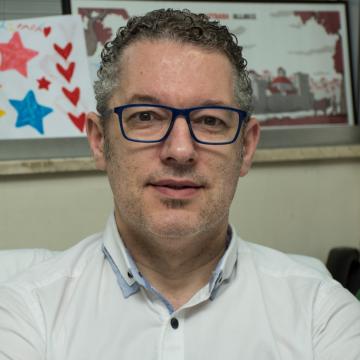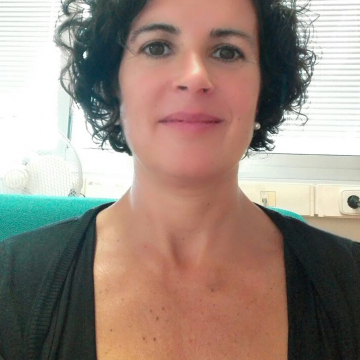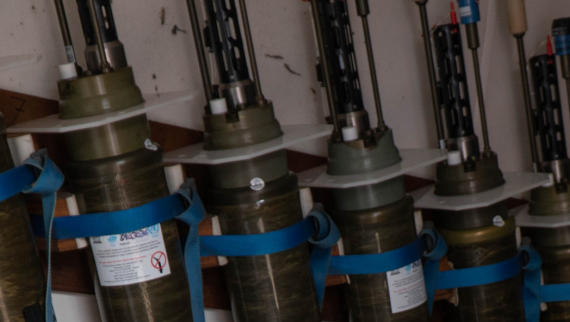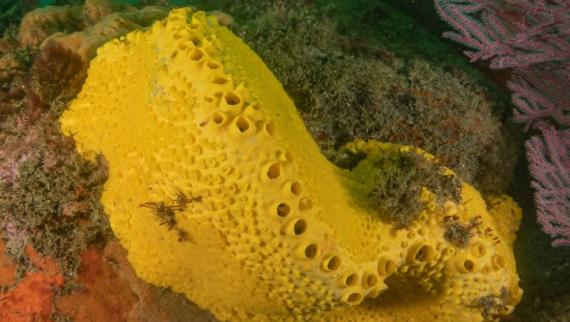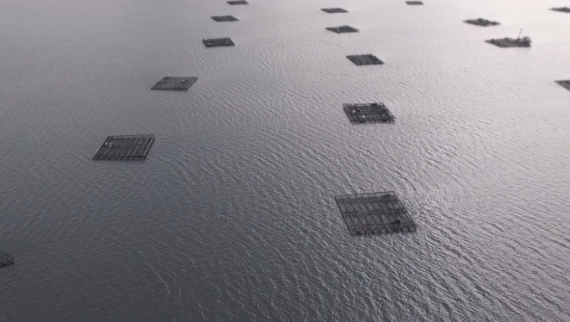
EFFECTS OF OCEAN WAVES IN THE RIAS BAIXAS UPWELLING SYSTEM: SURFACE DYNAMICS ON SELECTED BIOLOGICAL CASE STUDIES
Description
The general objective of STRAUSS project is to, for the first time, analyze the wave forcing in the surface dynamics of the Rias Baixas Upwelling System (RBUS) and assess its impact on key natural resources of the ecosystem in order to manage them in future scenarios under the Climatic Change context. The energy that the wind transfers to the sea surface sources surface currents and ocean waves. STRAUSS research groups hypothesize that in RBUS ocean waves contribute to the instantaneous surface currents through nonlinear wave-current interactions and to the residual currents through the Stokes drift. In addition to currents, waves modulate the instantaneous sea level disrupting the surface environment and, when they feel the bottom, also disrupt the seafloor. The influence that wind forced currents have in medium (~5-10km) to regional (~100km) spatial scales and in between subtidal and climatic temporal scales are reasonably well known in the RBUS. In fact, independently of the projected scenarios depicted by the International Panel on Climate Change (IPCC) is possible to propagate climatic trends and perturbations from physical variables (direct wind forcing) to socioeconomic impacts. Unfortunately, this is not the situation for other forcing such as waves or small scale (high resolution, <1km) surface currents. In Galician coasts, the energy input in the form of ocean waves is of particular interest due to the richness of the ecosystem in terms of primary production or primary fisheries and aquaculture activities. The intent of this project is to observe and simulate the wave field state in the Rías Baixas and follow the impact it may have in the ecosystem through three selected case studies. In this sense, it is a challenge to identify more precisely the biomass that can be lost or the damage linked to high energetic events of waves in typical epifaunal (Mytilus galloprovincialis, mussels suspended in the water column) and infaunal (Polititapes rhomboides, buried clams) cultivations. The movement of mussel rafts induced by waves is an important factor, as is byssus quality, for acute dislodgements rates in high-energy events. On the other hand, infaunal submareal clams are subject to bottom stress enhancement by intense swell events that may weaken their general health condition and facilitate episodes of high mortality by bacteria infections. The effect ocean waves on marine cultivated mollusks performance can be used for better predicting and managing the environmental impact on cultivated species. As key species of the non-cultivated marine resources, we have selected coastal cetaceans (Phocoena phocoena / Tursiops truncatus) to study the use of the habitat by these top-predator species, at the summit of the trophic chain, how height and direction of currents and waves can influence their temporal and spatial variability. The knowledge generated during the project deals precisely with the target of the fifth challenge of the present call: "Climatic change and utilization of resources and raw materials" involving very distinct study cases in order to have a global scenario of impacts for Rías Baixas ecosystems in terms of marketable products and biodiversity interests. The transferable knowledge and results will have an impact on the preservation and sustainability of the marine resources cultivated and on the spatial-temporal variability induced by hydrodynamic environment on marine top predators.


